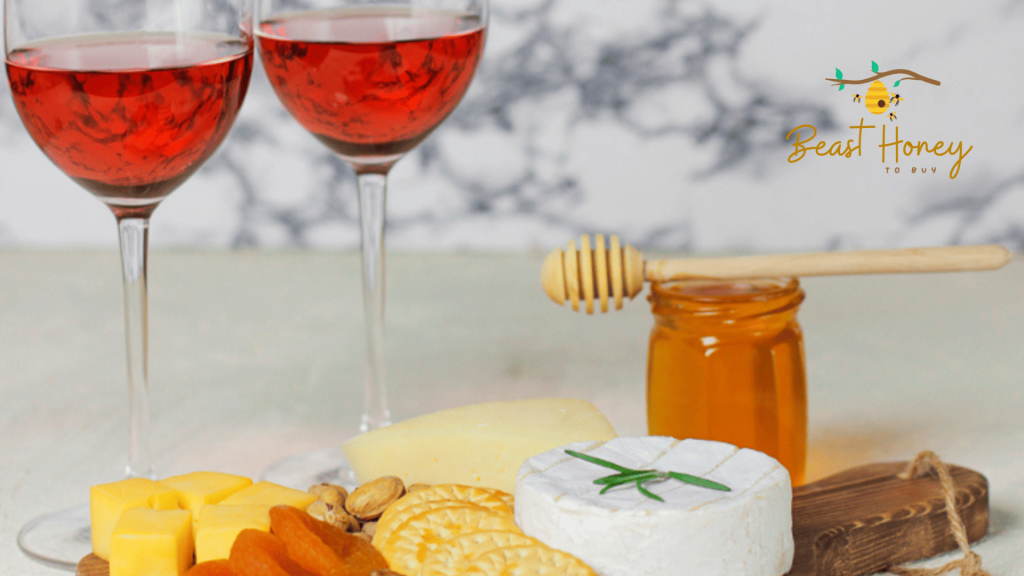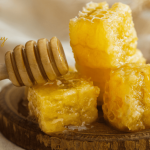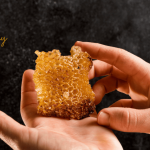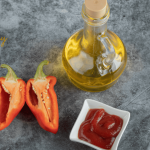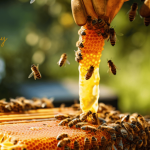Mead honey wine sounds like something from a medieval feast. But it’s making a big comeback today. If you’re new to mead, you might wonder what it is. Is it wine? Beer? Something else entirely? This beginner’s guide will explain everything about mead in simple terms.
We’ll cover what it is, how it’s made, its history, and why it’s so special. Let’s dive into the sweet, fascinating world of mead!

What is Mead Honey Wine?
Mead is an alcoholic drink made from fermented honey. It’s one of the oldest beverages known to humans. Think of it as a cousin to wine or beer, but with honey as the star. Water and yeast are added to honey, and the mix ferments into a delicious drink.
Mead can be sweet, dry, or even sparkling. Its flavor depends on the honey and other ingredients used.
Why is it Called Honey Wine?
Mead is often called honey wine because it’s made through fermentation, like grape wine. But it’s not exactly wine since it doesn’t use grapes. The honey gives it a unique taste—floral, rich, and sometimes fruity. Alcohol content can range from 5% to 20%, depending on the recipe.
- Sweet mead: Tastes like honey with a dessert-like vibe.
- Dry mead: Less sweet, crisp, and refreshing.
- Sparkling mead: Bubbly and light, like champagne.
A Brief History of Mead
Mead has a long, exciting history. It dates back thousands of years. Ancient cultures in Europe, Africa, and Asia all made versions of it. Vikings loved mead, and it was often served at feasts. In medieval Europe, it was a symbol of celebration. Even myths mention mead as the “nectar of the gods.”
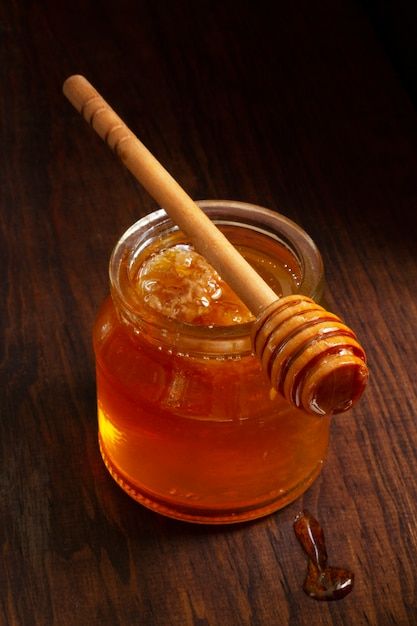
Mead in Modern Times
Mead fell out of favor as wine and beer became more popular. But it’s having a renaissance today. Craft breweries and meaderies are popping up everywhere. People love its unique flavors and natural ingredients. It’s no longer just for Renaissance fairs—it’s a trendy drink in bars and restaurants.
How is Mead Made?
Making mead is both simple and complex. The basic process is like making wine or beer. But the details make each batch special. Let’s break it down.
Step 1: Ingredients
Mead starts with three key ingredients
- Honey: The heart of mead. Different honeys (like clover or wildflower) create unique flavors.
- Water: Dilutes the honey to make it fermentable.
- Yeast: Turns sugars into alcohol during fermentation.
Optional ingredients include fruits, spices, or herbs. These add variety to the flavor.
Step 2: Fermentation
The honey, water, and yeast are mixed together. This creates a liquid called “must.” The must sits in a container for weeks or months. Yeast eats the sugars, producing alcohol and carbon dioxide. The longer it ferments, the stronger and drier the mead becomes.

Step 3: Aging and Bottling
After fermentation, mead is aged. This can take a few months to years. Aging smooths out the flavors. Once ready, it’s bottled and sold. Some meads are carbonated for a fizzy kick.
- Melomel: Mead with fruit, like raspberry or apple.
- Metheglin: Mead with spices or herbs, like cinnamon or lavender.
- Cyser: Mead made with apple juice, like a honey cider.
Types of Mead to Try
Mead comes in many styles. There’s something for everyone. Here are the most popular types for beginners.
Traditional Mead
This is the classic version. It’s just honey, water, and yeast. Traditional mead can be sweet or dry. It’s a great starting point to taste pure honey flavors. Try a clover honey mead for a smooth, floral sip.
Fruit Meads (Melomel)
Fruit meads are super popular. They blend honey with fruits like berries, peaches, or cherries. The result is a vibrant, juicy drink. For example, a blueberry melomel tastes like summer in a glass.
Spiced Meads (Metheglin)
Spiced meads add herbs or spices. Think ginger, vanilla, or cloves. These are perfect for cozy evenings. A cinnamon metheglin feels like a warm hug in winter.
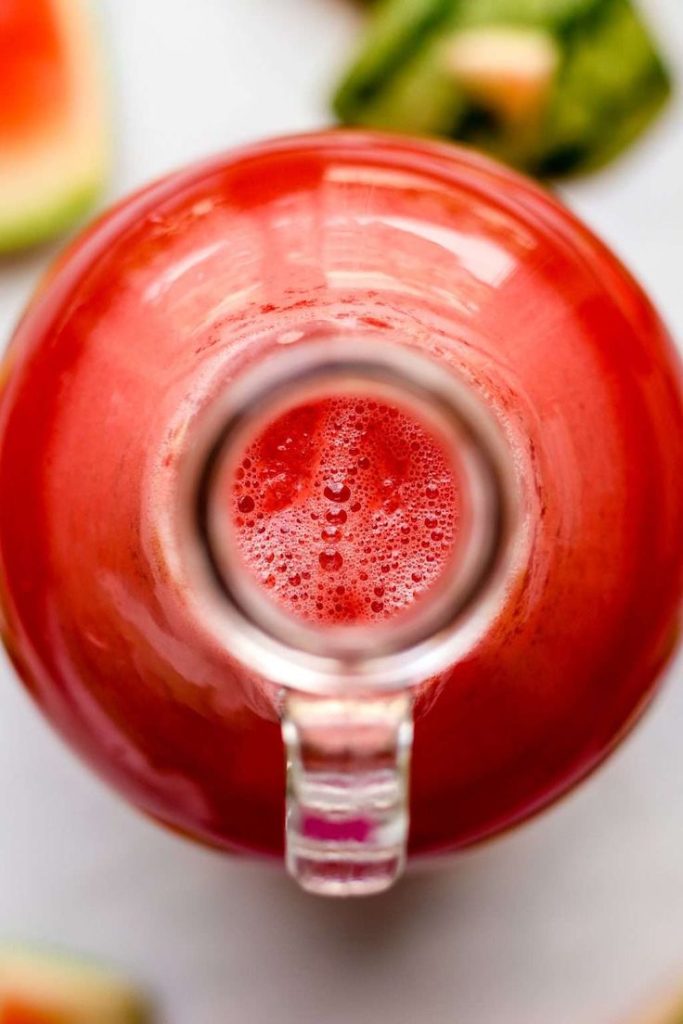
Sparkling Meads
Love bubbly drinks? Sparkling meads are light and fizzy. They’re great for celebrations. Try a sparkling apple cyser for a crisp, refreshing twist.
Why Mead is Gaining Popularity
Mead is hot right now. Why? It’s natural, versatile, and unique. People love craft beverages, and mead fits the bill. It’s also gluten-free, which appeals to many. Plus, it’s a fun way to explore honey’s flavors.
Craft Beverage Trend
Craft beer and artisanal wines paved the way for mead. Small meaderies are experimenting with bold flavors. Bars now offer mead flights, like wine tastings. It’s a fresh alternative to mainstream drinks.
Sustainability Appeal
Mead supports beekeepers and sustainable honey production. Eco-conscious drinkers love this. Many meaderies use local, organic honey. This helps bees and the environment.
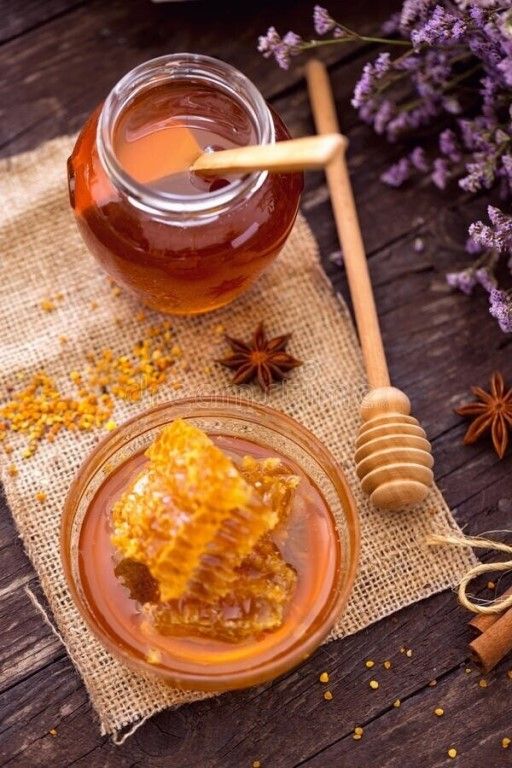
How to Enjoy Mead
New to mead? Here’s how to get started. It’s easy to enjoy, whether you’re a beginner or a pro.
Pairing Mead with Food
Mead pairs well with many foods. Sweet meads go great with desserts like cheesecake. Dry meads match with cheeses or grilled meats. Sparkling meads are perfect with seafood or light salads.
- Sweet mead: Try with chocolate or fruit tarts.
- Dry mead: Pair with sharp cheddar or roasted chicken.
- Spiced mead: Great with spicy dishes or BBQ.
Serving Tips
Serve mead at the right temperature. Sweet meads are best slightly chilled. Dry meads can be room temperature. Sparkling meads should be cold, like champagne. Use a wine glass or tulip glass to enhance the aroma.
Where to Find Mead
Look for mead at local breweries or specialty stores. Online retailers like Craft Mead Co. or Hidden Legend Winery ship nationwide. Check labels for honey type and alcohol content. Local farmers’ markets may also have small-batch meads.
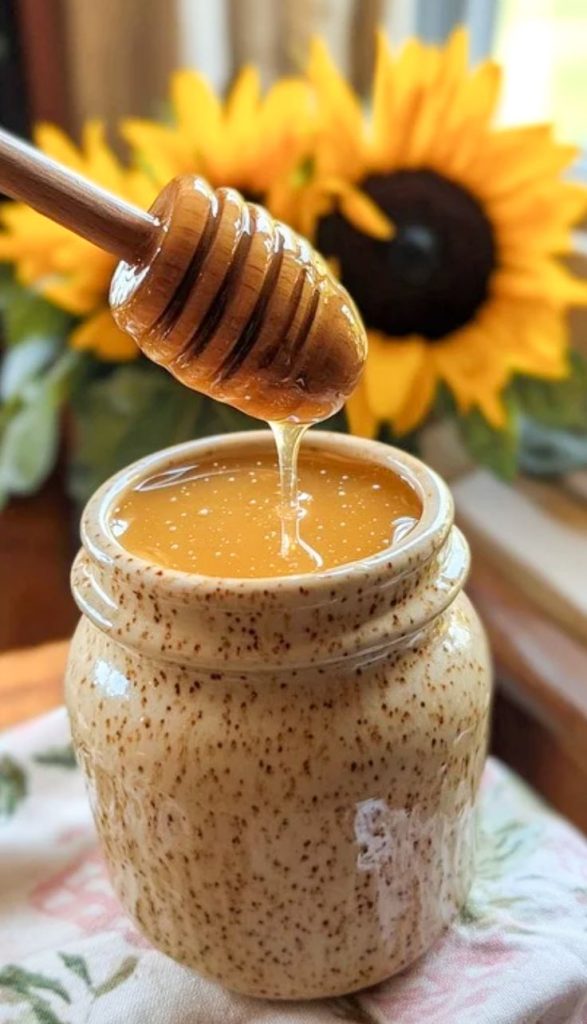
Can You Make Mead at Home?
Yes, you can! Homebrewing mead is fun and rewarding. It’s a great hobby for beginners. Here’s a quick guide.
Basic Homebrewing Steps
- Gather supplies: You’ll need honey, water, yeast, a fermentation jug, and an airlock.
- Mix the must: Combine 3 parts water to 1 part honey. Add yeast.
- Ferment: Let it sit in a cool, dark place for 4–6 weeks.
- Bottle: Transfer to bottles and age for at least 2 months.
Tips for Success
- Use good honey: Local or raw honey adds better flavor.
- Sanitize everything: Clean equipment prevents bad bacteria.
- Be patient: Good mead takes time to mature.
Challenges in the Mead Industry
Mead is growing, but it faces hurdles. Production is slow and costly. Honey is more expensive than grapes or grains. Plus, mead isn’t as well-known as wine or beer. Educating consumers is key.
Scaling Production
Small meaderies struggle to meet demand. Large-scale production is rare. This keeps mead prices higher than beer or wine. A bottle can cost $15–$40, depending on quality.
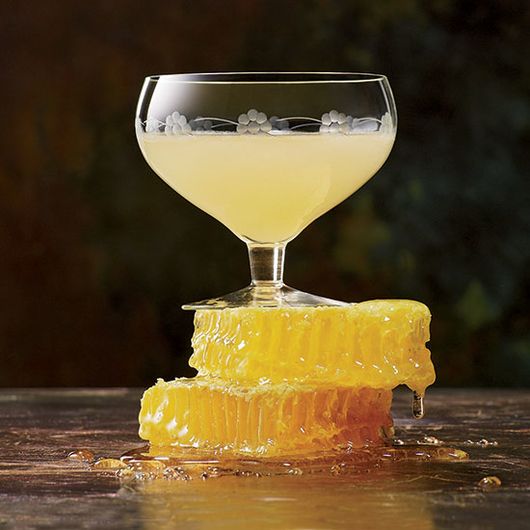
Consumer Awareness
Many people don’t know what mead is. Marketing it as a modern, versatile drink can help. Tasting events and social media campaigns are boosting its popularity.
The Future of Mead
Mead’s future looks bright. Craft beverage fans are embracing it. New flavors, like coffee-infused or barrel-aged meads, are emerging. Sustainability trends will also help. Expect more meaderies and mead bars in the coming years.
Trends to Watch
- Innovative flavors: Think mango-chili or lavender-lemon meads.
- Low-alcohol options: Session meads with 5–7% alcohol.
- Eco-friendly packaging: Biodegradable bottles and cans.
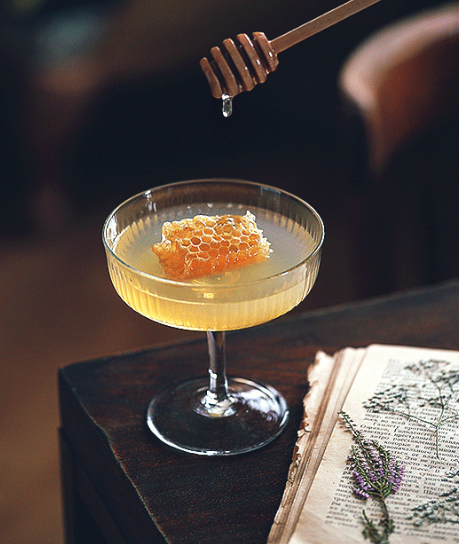
Why You Should Try Mead
Mead is a delicious, unique drink. It’s steeped in history but feels fresh and modern. Whether you like sweet, dry, or bubbly, there’s a mead for you. It’s perfect for cozy nights or fancy dinners. Plus, it supports bees and sustainable farming.
Ready to try mead? Grab a bottle or visit a local meadery. Share your favorite mead flavors in the comments. Let’s toast to this ancient drink’s bright future!

